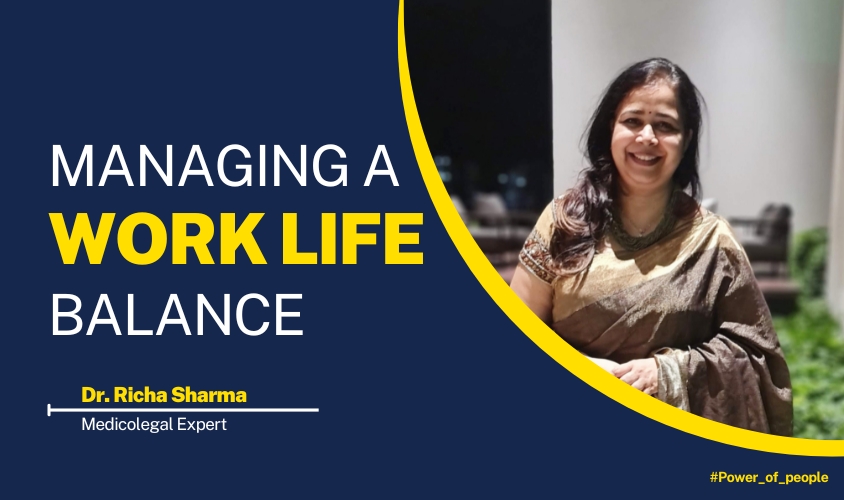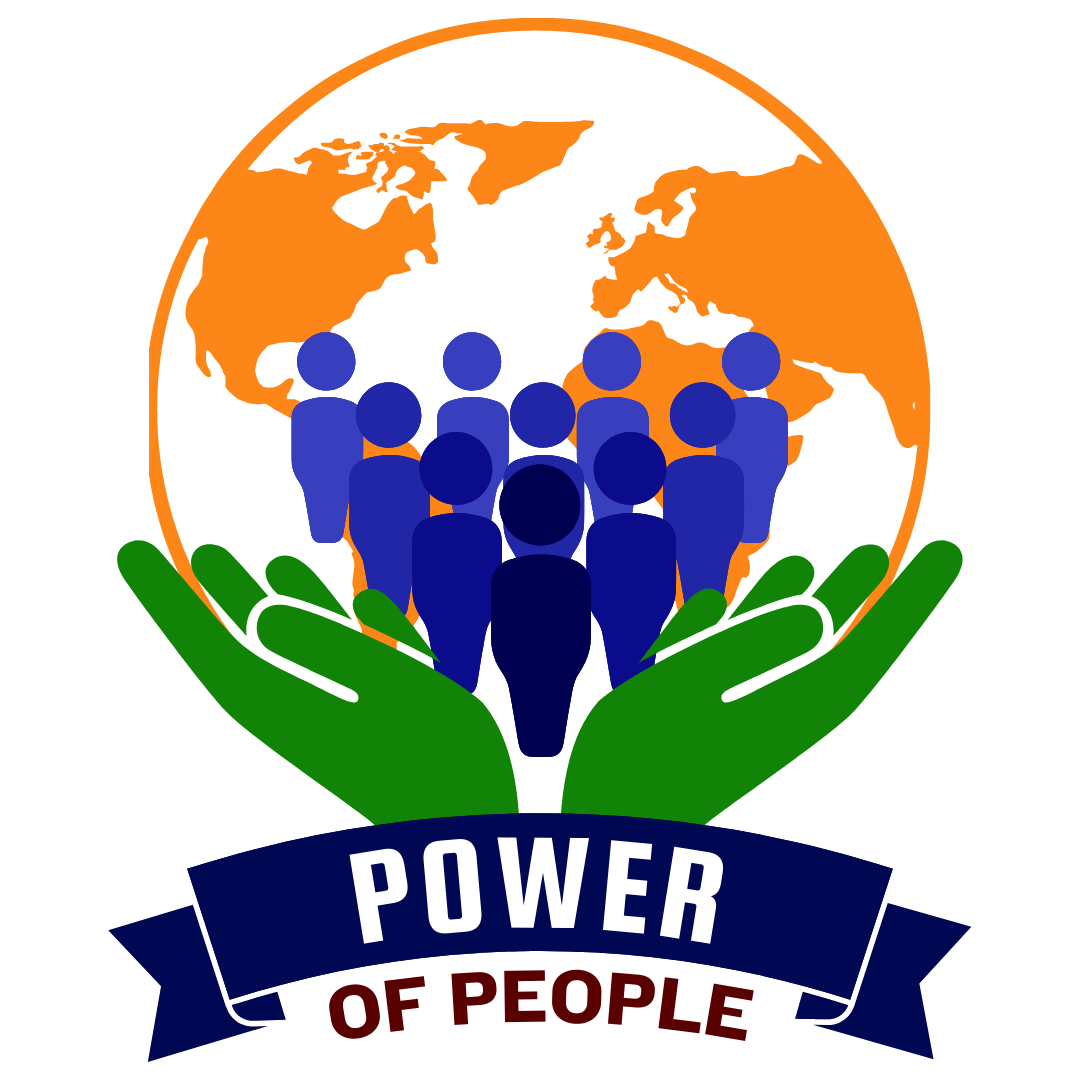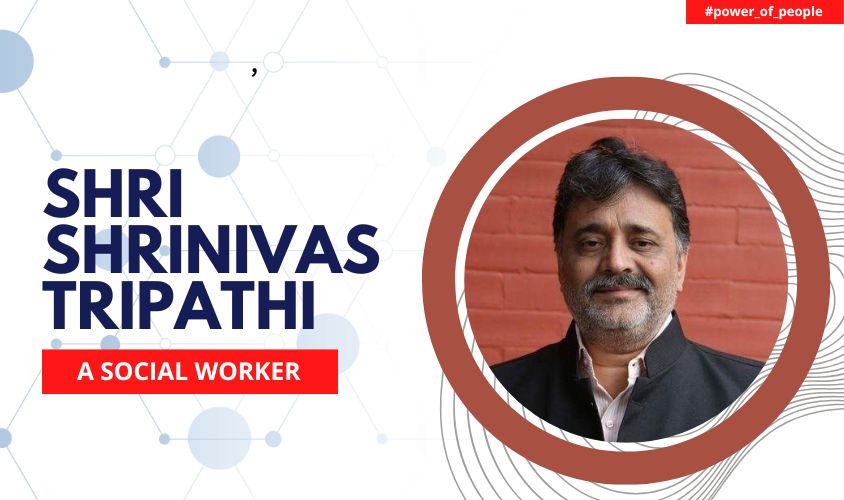
Managing a work life balance - Dr Richa Sharma
A 24/7 work culture for doctors and lawyers is an accepted norm in our society. In the eyes of the world an “ideal worker is wholly devoted to their job and is available 24 hours a day, 365 days a year. These employees are disproportionately well-compensated for being ideal workers. “Time hungry” occupations like medicine, finance and law, wherein a 100-hour week may be a standard, reward these ‘ideal workers’ more.
Flexible work measures come with severe consequences; many who shift to part-time never recover their professional standing or compensation. Even a request for such a shift to worktime is a stigma resulting in poor appraisals. Women suffer the most in such a scenario as they are unable to fake an ‘ideal worker’.
Less job security and less flexibility in certain jobs makes it even more difficult for this group to find a work life balance. There are certain expectations of availability of this group of professionals.
To maintain a worklife balance, a basic change in outlook is necessary for each individual. One has to choose quality work over quantity of work. It is necessary for organizations to stop rewarding the faster response over the better response, or the longer workday over a more productive workday. Individuals have to reconsider a highly competitive career where you have to give all or nothing.
The following are a few questions that each one of us need to ask ourselves if we are considering a shift towards a better work life balance-
Am I stressed or dissatisfied with my life? What are my priorities?
The toll that the work takes from an individual and the families may be irreversible. Whether it is mental of physical health or deeper social connections. With the busy doctor prioritizing his profession or the lawyer being available at all times to the clients will certainly take away from time that these professionals had kept allocated to themselves or their family. The not so welcome tradeoff between the two is - better longer and fulfilled lifestyle or a better financial situation and rising career.
Can I rearrange my focus? What if I continue in my present trajectory?
When the individual lists out what is important in life, he realizes that it’s really not his profession, work, job or project. Satisfaction of doing a job well gives one happiness but it is not everything one is looking for in a lifetime. It is the holistic wellbeing that feeds the mental physical and spiritual health of an individual.
So, what can I do? What is the alternative? What are solutions?
Reflect: it is necessary to review the work one puts in, the hours that are given to the job and the difference one makes with the amount of effort put in. Reducing the stress of work may beget better quality of output. An assessment of the events in a job offers realization of what would be the activities that spark joy and what leeches away the satisfaction of work well done
Align: The knowledge of what gives one satisfaction while balancing the necessities in life of food shelter and other essentials guides us towards what is the best balance for an individual. This is not a one-size-fits-all situation where an algorithm can guide an individual to achieve this balance. The alignment of mental and physical wellbeing requires individual analysis of what works for you. The best plan of action would be to analyze a workday and bring about changes.
How do I implement these changes?
Change in work patterns will help in better, more efficient and fruitful methods of going about tasks. In our rat race we forget to update and upskill our daily activities. Automating certain processes and focusing on more strategic and higher value work will maximize productivity.
Taking up a new role that gives a better balance without taking away job satisfaction should also be on the radar to enhance the work life balance.
It is the leader who sets the culture of the company and is responsible for following practices that keep the morale of his followers high. We need both, the leaders and followers to be responsible and make the right choice for the holistic health and power of wellbeing of each individual and the organization as a whole.



